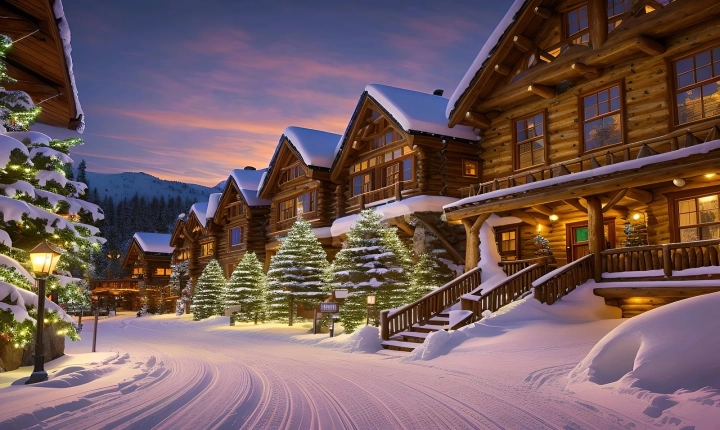Artificial intelligence (AI) has been making waves in the world of technology and innovation, transforming various industries with its potential. One of the most fascinating applications of AI is in the realm of art generation, where algorithms can create stunning visual artworks. In this article, we will explore the process of how to make an AI art generator, enabling you to create mesmerizing artworks using the power of machine learning.
1. Understand the Basics of Neural Networks:
The foundation of an AI art generator lies in the understanding of neural networks, a key component in machine learning. Neural networks are computational models that are inspired by the structure and functioning of the human brain. They consist of interconnected nodes, or “neurons”, which process and analyze data to produce outputs. Understanding the basics of neural networks will provide the necessary knowledge for building an AI art generator.
2. Gather a Diverse Dataset of Art:
To train an AI art generator, a diverse and comprehensive dataset of art is required. This dataset should encompass various styles, genres, and periods of artistic expression. Collecting a broad range of artworks will enable the AI model to learn and recognize patterns, styles, and techniques, which will be crucial for generating original art.
3. Preprocess and Label the Art Data:
Once the art dataset has been gathered, it needs to be preprocessed and labeled to facilitate the machine learning process. Preprocessing involves tasks such as resizing images, standardizing formats, and cleaning the data for consistency. Additionally, labeling the art data allows the AI model to distinguish between different styles and attributes, thus enabling it to generate art that aligns with specific parameters.
4. Choose and Train a Generative Adversarial Network (GAN):
A Generative Adversarial Network (GAN) is a class of neural network architectures used in unsupervised machine learning. GANs are specifically designed to generate new content, such as images, music, and text. Selecting and training a GAN with the labeled art dataset will enable the AI art generator to create original artworks based on the learned styles and patterns.
5. Implement Style Transfer Techniques:
Incorporating style transfer techniques into the AI art generator enhances its capacity to blend and morph various artistic styles. Style transfer involves extracting the visual qualities of one artwork and applying them to another, resulting in a unique fusion of styles. Integrating style transfer algorithms empowers the AI model to create art that reflects a harmonious interplay of different artistic conventions.
6. Fine-tune the Model and Optimize Outputs:
The process of developing an AI art generator involves continuous fine-tuning and optimization. Iteratively refining the model’s parameters, adjusting hyperparameters, and optimizing the outputs will enhance the quality and coherence of the generated artworks. This iterative process of improvement is crucial for achieving sophisticated and compelling AI-generated art.
7. Ethics and Attribution:
As creators and developers of an AI art generator, it is essential to consider the ethical implications of using and sharing AI-generated artworks. Respecting copyright laws, acknowledging the original sources of art data, and ensuring proper attribution to artists are important ethical considerations. Additionally, being transparent about the use of AI in art generation contributes to the responsible dissemination of AI-generated creations.
In conclusion, building an AI art generator involves a multidisciplinary approach that merges art, technology, and machine learning. By understanding neural networks, curating art datasets, training GANs, implementing style transfer techniques, and refining the model, one can create a powerful tool for generating captivating and innovative artworks. As AI continues to evolve and expand its creative capabilities, the potential for AI art generators to revolutionize the art world is both exciting and full of possibilities.
